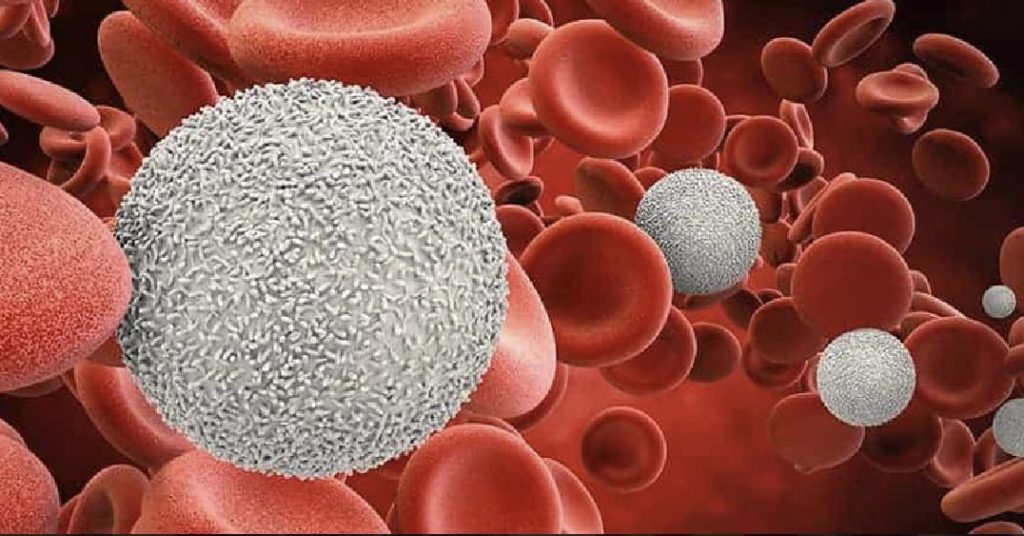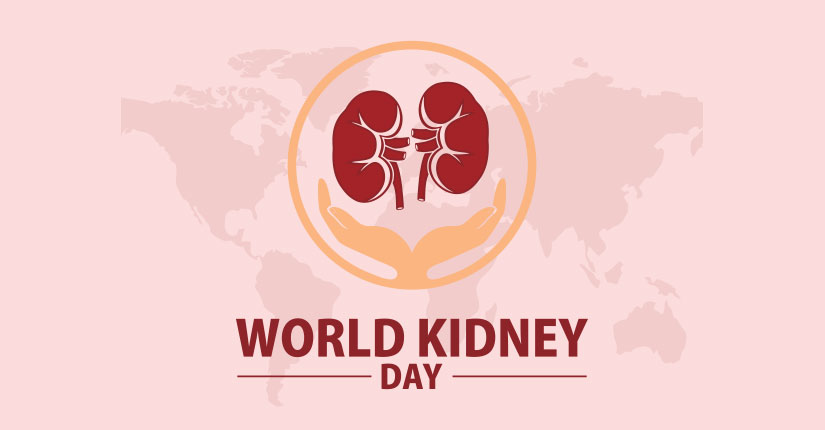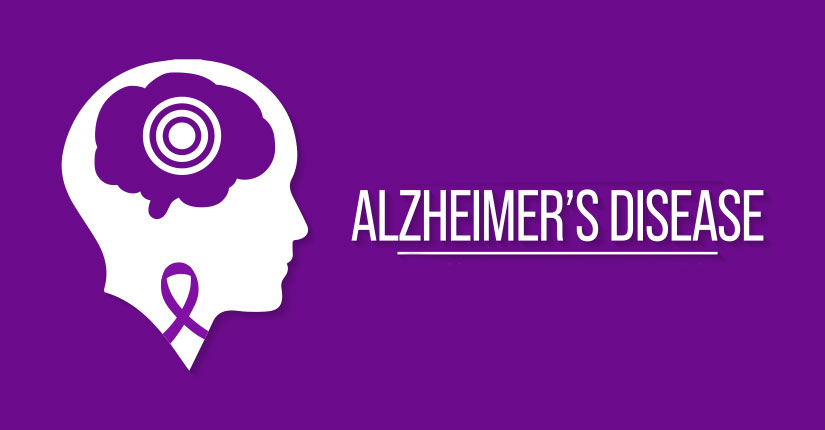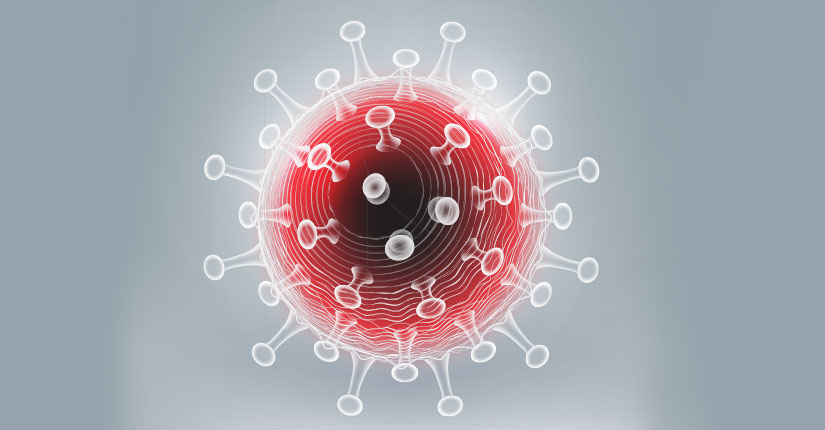LEUKEMIA AND LYMPHOMA: BLOOD CANCER AND ITS TERMS EXPLAINED
By Nmami Agarwal 18-Sep 2023 Reading Time: 14 Mins

Blood cancer is a complex and often misunderstood disease that affects millions of people worldwide and two of the most common types of blood cancer are leukemia and lymphoma and these diseases can be difficult to understand, and the terminology used to describe them can be confusing. However, understanding the terminology is critical to understanding the disease and its treatment options so we will be decoding the complex medical terms associated with leukemia and lymphoma from the basic biology of blood cells to the different types of blood cancer. We will provide a comprehensive guide to help you better understand these diseases. Regardless of whether you or someone you know has been recently diagnosed with leukemia or lymphoma or you simply want to learn more about these diseases, keep reading to gain a deeper understanding of the terminology of blood cancer.
Introduction to leukemia and lymphoma
Leukemia and lymphoma are two types of blood cancer that affect the cells and tissues of the immune system. While they share similarities, they also have distinct characteristics that set them apart and understanding the terminology associated with these diseases is crucial in comprehending their complexities and how they impact the body. Leukemia, often referred to as cancer of the blood or bone marrow, is characterized by the rapid production of abnormal white blood cells. These abnormal cells, known as leukemia cells, do not function properly and hinder the body’s ability to fight infections. As a result, individuals with leukemia may experience fatigue, frequent infections, bruising, bleeding, and other symptoms related to a compromised immune system. On the other hand, lymphoma is a cancer that affects the lymphatic system, which plays a vital role in the body’s immune response. The lymphatic system includes lymph nodes, lymphatic vessels, and organs like the spleen and thymus. Lymphoma occurs when abnormal lymphocytes, a type of white blood cell, start to multiply uncontrollably which overgrowth can cause tumors to develop in various parts of the body, leading to symptoms such as swollen lymph nodes, unexplained weight loss, fever, and night sweats. It’s important to note that there are different types and subtypes of leukemia and lymphoma, each with its own unique characteristics and treatment approaches as an example, there are four main types of leukemia: acute lymphoblastic leukemia (ALL), acute myeloid leukemia (AML), chronic lymphocytic leukemia (CLL), and chronic myeloid leukemia (CML). Similarly, lymphoma is categorized into two main types: Hodgkin lymphoma and non-Hodgkin lymphoma, with numerous subtypes within each category by gaining an understanding of the terminology associated with leukemia and lymphoma, individuals can navigate discussions with healthcare professionals, comprehend medical literature, and advocate for their own health or that of a loved one.
What is the difference between leukemia and lymphoma?
Understanding the distinction between leukemia and lymphoma is crucial in comprehending the complexities of blood cancer. While both diseases originate in the body’s blood-forming tissues, they manifest in different ways and affect distinct components of the immune system and leukemia primarily affects the bone marrow and disrupts the production of healthy blood cells. It occurs when abnormal white blood cells, known as leukemia cells, rapidly multiply and crowd out the normal cells which overabundance of abnormal cells inhibits the production of red blood cells, platelets, and other necessary components of the blood, leading to anemia, bleeding issues, and a compromised immune system. Leukemia can be categorized into various types, including acute lymphoblastic leukemia (ALL), acute myeloid leukemia (AML), chronic lymphocytic leukemia (CLL), and chronic myeloid leukemia (CML), each with its own distinct characteristics and treatment approaches. On the other hand, lymphoma primarily affects the lymphatic system, which is responsible for filtering and fighting infections within the body. Lymphoma occurs when lymphocytes, a type of white blood cell, undergo malignant transformations and form tumors in the lymph nodes, spleen, bone marrow, or other lymphatic organs. These tumors can be classified as Hodgkin lymphoma (HL) or non-Hodgkin lymphoma (NHL), depending on the specific type of lymphocyte involved. Unlike leukemia, lymphoma typically presents as solid masses or swollen lymph nodes and may spread to other organs if left untreated. While both leukemia and lymphoma are types of blood cancer, their distinct characteristics and effects on the body necessitate different diagnostic and treatment approaches and understanding these differences is essential in ensuring accurate diagnosis, providing appropriate care, and improving patient outcomes in the challenging battle against these complex diseases.
Understanding blood cancer: Explaining the basics
Blood cancer, also known as hematologic cancer, is a complex and often misunderstood group of diseases that affect the production and function of blood cells and the two most common types of blood cancer are leukemia and lymphoma. Leukemia is a cancer of the blood and bone marrow, where abnormal cells crowd out healthy blood cells and it can be classified into four main types: acute lymphoblastic leukemia (ALL), acute myeloid leukemia (AML), chronic lymphocytic leukemia (CLL), and chronic myeloid leukemia (CML). Each type is characterized by the type of blood cell affected and the rate of progression. Lymphoma, on the other hand, is a cancer of the lymphatic system, which is part of the body’s immune system and there are two main types of lymphoma: Hodgkin lymphoma (HL) and non-Hodgkin lymphoma (NHL). Hodgkin lymphoma is characterized by the presence of specific abnormal cells called Reed-Sternberg cells, while non-Hodgkin lymphoma encompasses a diverse group of lymphomas that do not contain these cells. Both leukemia and lymphoma can cause a range of symptoms, including fatigue, frequent infections, unexplained weight loss, swollen lymph nodes, and easy bruising or bleeding. It is important to note that there are various subtypes and variations within these types of blood cancer, each with its own unique characteristics and treatment approaches.
Signs, symptoms, and risk factors of leukemia and lymphoma
Leukemia and lymphoma are two types of blood cancer that can greatly impact the lives of those affected so understanding the signs, symptoms, and risk factors associated with these diseases is crucial for early detection and prompt treatment. Signs and symptoms of leukemia may vary depending on the type and stage of the disease and common indicators include persistent fatigue, frequent infections, unexplained weight loss, easy bruising or bleeding, swollen lymph nodes, and bone or joint pain. It is important to note that these symptoms can also be associated with other conditions, so proper diagnosis by a healthcare professional is necessary. On the other hand, lymphoma often presents as painless swelling of lymph nodes in the neck, armpits, or groin which may be accompanied by other symptoms such as unexplained fever, night sweats, fatigue, unexplained weight loss, itching, and difficulty breathing. It is important to consult with a medical expert if any of these symptoms persist or worsen. Several risk factors have been identified for leukemia and lymphoma and some of these factors include exposure to certain chemicals or toxins, previous radiation or chemotherapy treatment, a family history of blood cancer, certain genetic conditions, and a weakened immune system. However, it is important to note that not everyone with these risk factors will develop the diseases, and some individuals without any identifiable risk factors may still be diagnosed with leukemia or lymphoma.
Treatment options for blood cancer
When it comes to treating blood cancer, there are several options available, each tailored to the specific type and stage of the disease and the treatment plan for leukemia and lymphoma may vary, but some common approaches are widely used.
- Chemotherapy:
Chemotherapy is one of the most commonly used treatments for blood cancer which involves the use of powerful drugs that target and destroy cancer cell and these drugs can be administered orally or through injections, and they circulate throughout the body to kill cancer cells.
- Radiation therapy:
Radiation therapy uses high-energy beams to target and destroy cancer cells also it is often used in combination with other treatments, such as chemotherapy, to effectively combat blood cancer. This therapy can be administered externally or internally, depending on the specific needs of the patient.
- Immunotherapy:
Immunotherapy is a revolutionary treatment approach that harnesses the power of the immune system to fight cancer which uses substances made by the body or in a laboratory to stimulate or restore the immune system’s ability to recognize and destroy cancer cells. This treatment option has shown promising results in some cases of blood cancer.
- Targeted therapy:
Targeted therapy focuses on specific genetic or molecular changes in cancer cells that drive their growth and it utilizes drugs that specifically target these changes, inhibiting the growth and spread of cancer cells while minimizing damage to healthy cells. This treatment option is often used in cases where other treatments have not been successful.
- Stem cell transplant:
In certain cases, a stem cell transplant may be recommended for patients with blood cancer and this procedure involves replacing damaged or destroyed bone marrow with healthy stem cells to help the body produce new, healthy blood cells. Stem cells can be obtained from a suitable donor or from the patient’s own body.





















